1. What’s in a name?
Whisky or whiskey? Well it all comes down to where it’s made. If it’s made in Scotland (commonly referred to as Scotch), Japan or Canada, it’s spelt “whisky”, with the plural form being “whiskies”. If it’s made in the United States (like bourbon) or Ireland, it’s “whiskey” and “whiskeys”.
2. Single malt vs blended
Single malt Scotch whiskies are produced entirely from malted barley using a pot still and aged in oak barrels – all at a single distillery. Blended whiskies, as the name suggests, typically use single malts from multiple distilleries, along with single grain whiskies. Grain whiskies can be produced with other forms of grain apart from barley – such as wheat, rye and corn – and are usually made with a column still.
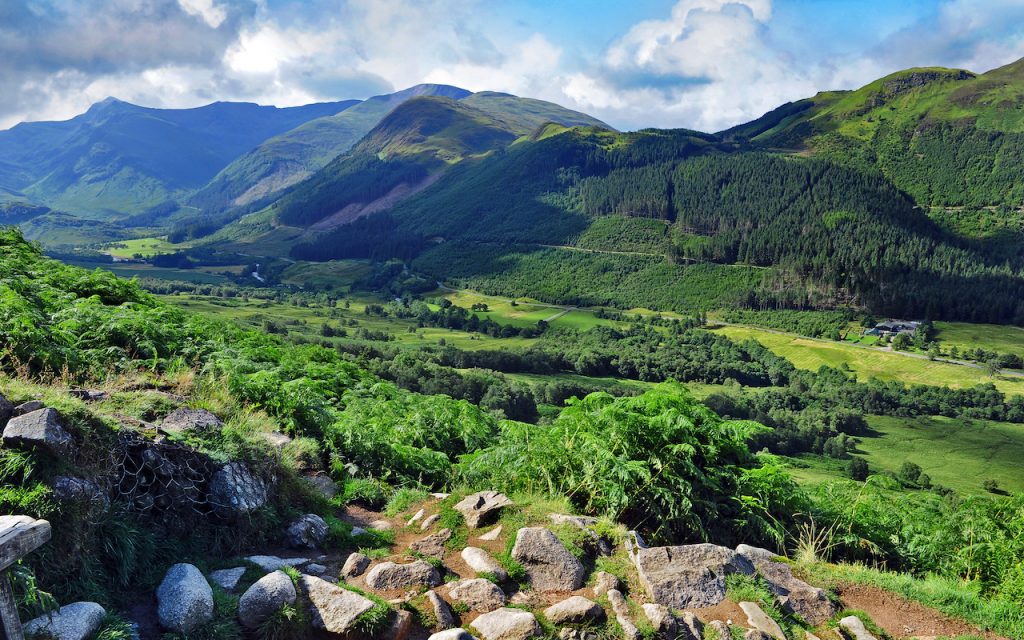
3. Know your regions
There are five official whisky-producing regions across Scotland, and the largest of these is the Highland region, where you’ll find famous names like Ben Nevis, Dalmore, Glenmorangie and Tomatin.
Speyside, located within the boundaries of the Highland region but regarded as a separate region, has the highest density of distilleries in Scotland – half of the country’s distilleries are here, including the iconic Macallan, Glenfarclas, Glenfiddich and Glenlivet.
In the south of Scotland is the Lowland region, which is known for elegant whiskies like the ones produced by Auchentoshan and Glenkinchie.
Located on the Kintyre peninsula in western Scotland is the region of Campbeltown, famed for whiskies that hint at their seaside origins. While there were once around 30 distilleries here, there are now only three: stalwarts Glen Scotia and Springbank along with Glengyle, which was revived in 2004.
Last, but certainly not least, is the Inner Hebridean island of Islay (pronounced “eye-la”), home to the sensational smoky whiskies of Ardbeg, Bowmore, Lagavulin and Laphroaig.
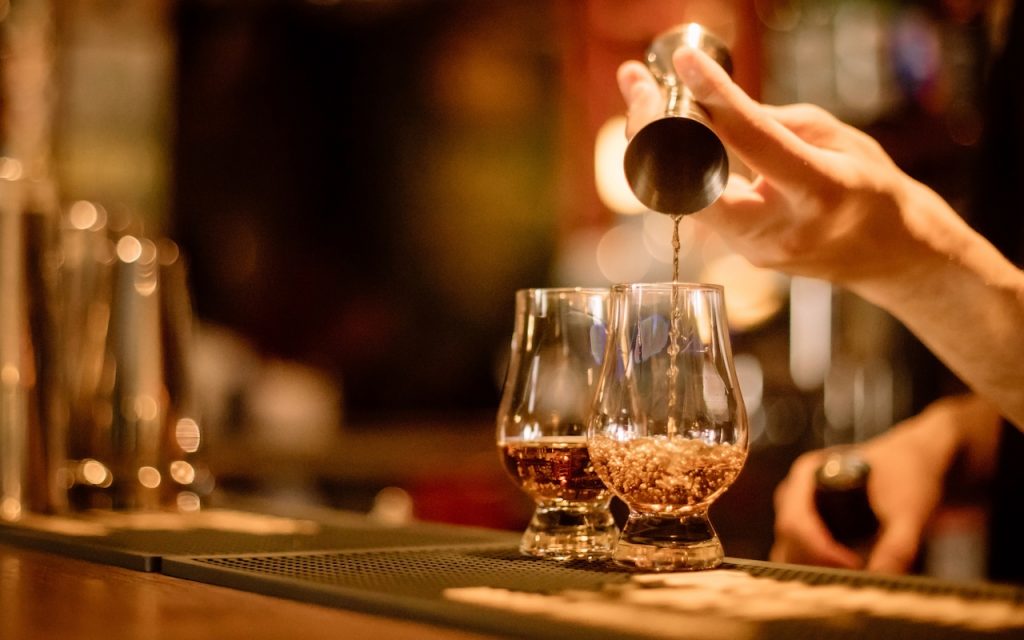
4. The tasting technique
Wine drinkers will be familiar with the Five S’s approach to tasting – see, swirl, sniff, sip and savour – and some of these steps also apply to tasting whiskies.
But before it gets that far, you’ll first need the right glass. You can’t go wrong with a Glencairn whisky glass – the tapered mouth ensures that the best aromas of your whisky are caught (and makes for easy drinking). Riedel and Norlan also make excellent purpose-designed glassware.
To begin with, hold up your glass to observe the colour of your whisky – the wide bowl of the Glencairn glass enhances your appreciation of this. It can reveal how long it’s been aged and in what sort of cask. Darker whiskies tend to have had a longer time in the barrel, or have spent time in old sherry barrels.
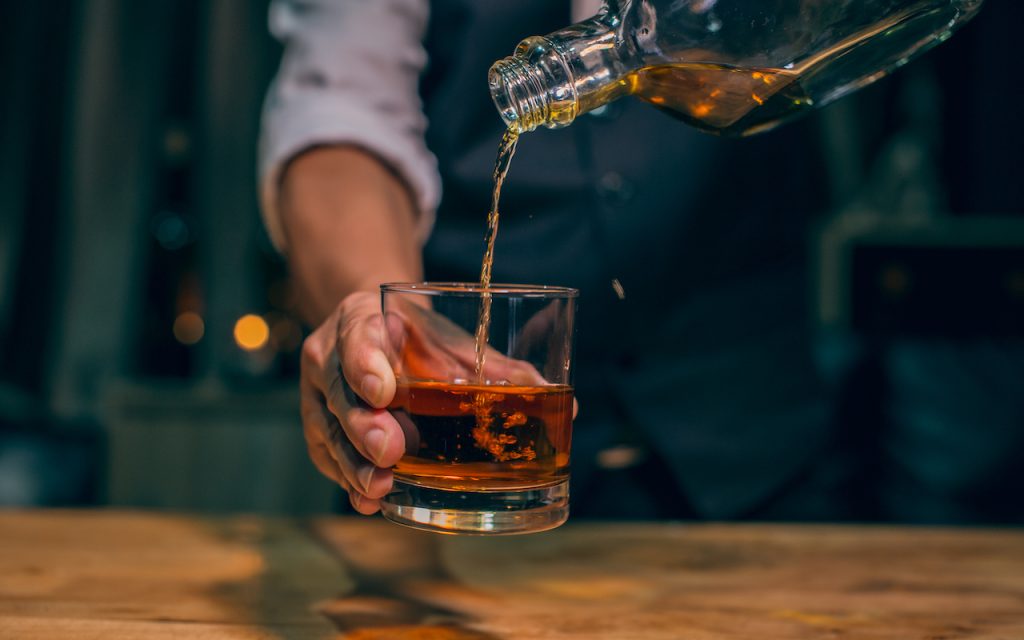
Next, swirl the whisky and give it a gentle sniff (very gentle if it has a higher alcohol by volume), then take note of the aromas. Pears and apples? Vanilla? Caramel? Stewed fruits? Christmas cake? Smoke? You can find them all in whisky. As you swirl, do also look out for lines of the whisky dripping down the inside of the glass – these are the “legs” of the whisky, indicating the viscosity and mouthfeel of the spirit. Thicker legs which drip at a slower rate indicate a whisky of higher strength with a lusher texture, while thinner, quicker legs point to a lighter whisky.
Instead of slurping as you sip your whisky like you might do with wine, let it linger in your mouth and spread across your tongue. You can “chew” it too. Swallow and take note of the flavours on the palate. The finish may introduce some new flavours – take note of the length of the finish too.
Finally, add a few drops of water to help open the whisky up – the slight dilution can reveal flavour notes you might not have picked up while tasting it neat.
5. Top spots for whisky in Singapore
Singapore is home to some of Asia’s best whisky bars, so it’s the perfect place for a whisky flight, whatever your expertise level. The Auld Alliance at Rendezvous Hotel Singapore is a must-visit destination for any whisky lover – their comprehensive collection of over 1,000 bottles consists of some of the world’s oldest, rarest and most interesting whiskies. Around the corner, in the historic enclave of CHIJMES, you’ll find The Single Cask, a bar that highlights lesser-known, independent and family-owned names and has a number of exclusive bottlings. Finally, stop by La Maison du Whisky, one of the world’s great retailers of fine spirits, whose store doubles up as a bar. Sample from their extensive range from around the world, then buy your favourite bottle to take home with you.
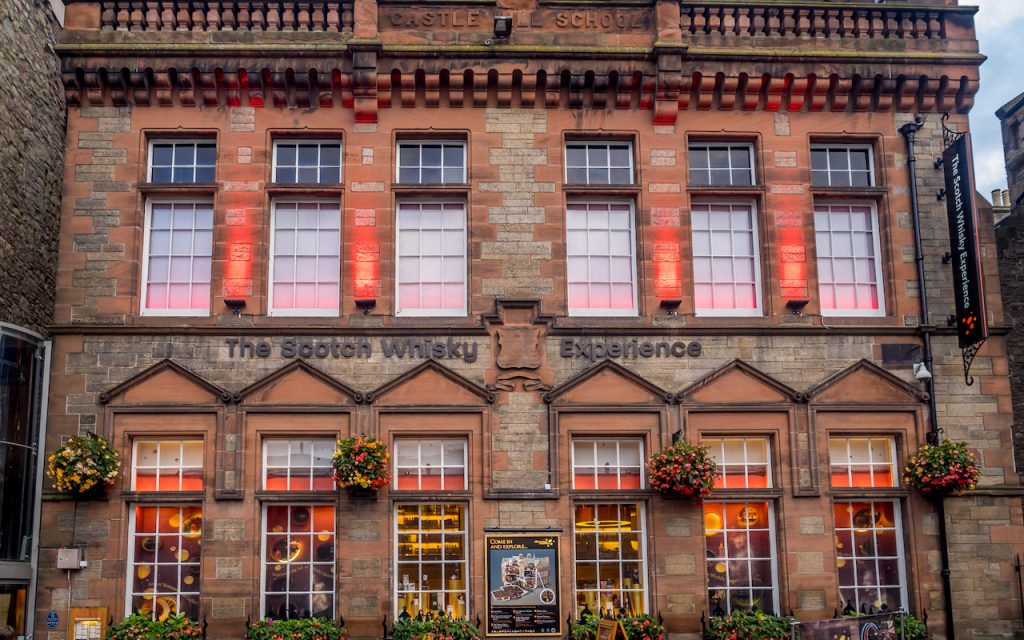
6. Want to learn more?
If you happen to be in London, the Scottish capital of Edinburgh is just a five-hour train ride away. It’s here, on the iconic Royal Mile, that you’ll find the Scotch Whisky Experience, an exhilarating introduction to the wonderful world of whisky. The highlight? The world’s largest collection of Scotch whisky, with some bottles dating back more than a century.
Now that you’re all set to enjoy whisky like a pro, head to KrisShop where a wide range of single malts and blended whiskies from Scotland, Japan, Taiwan and more are on offer.
SEE ALSO: Discover the world of craft gin
The post How to drink whisky/whiskey: A beginner’s guide appeared first on SilverKris.
from SilverKris
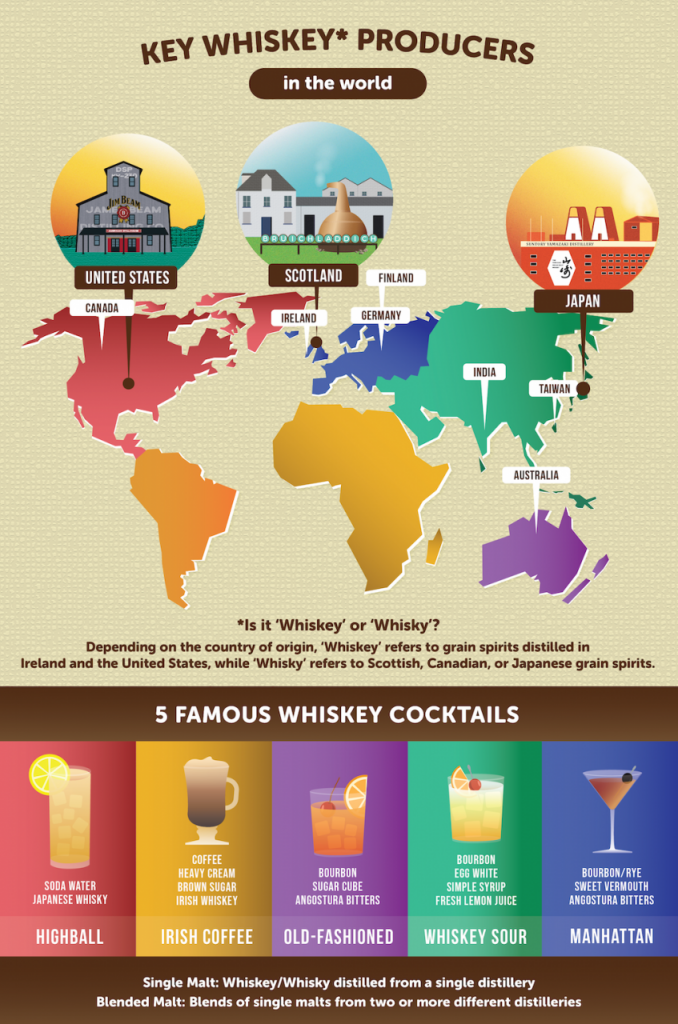
No comments:
Post a Comment